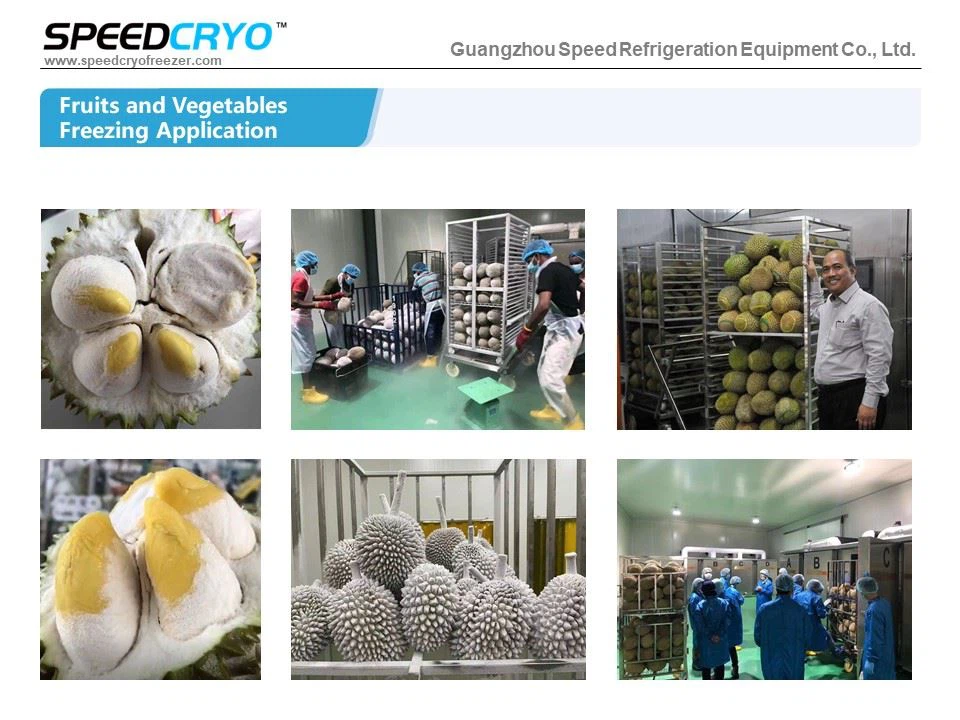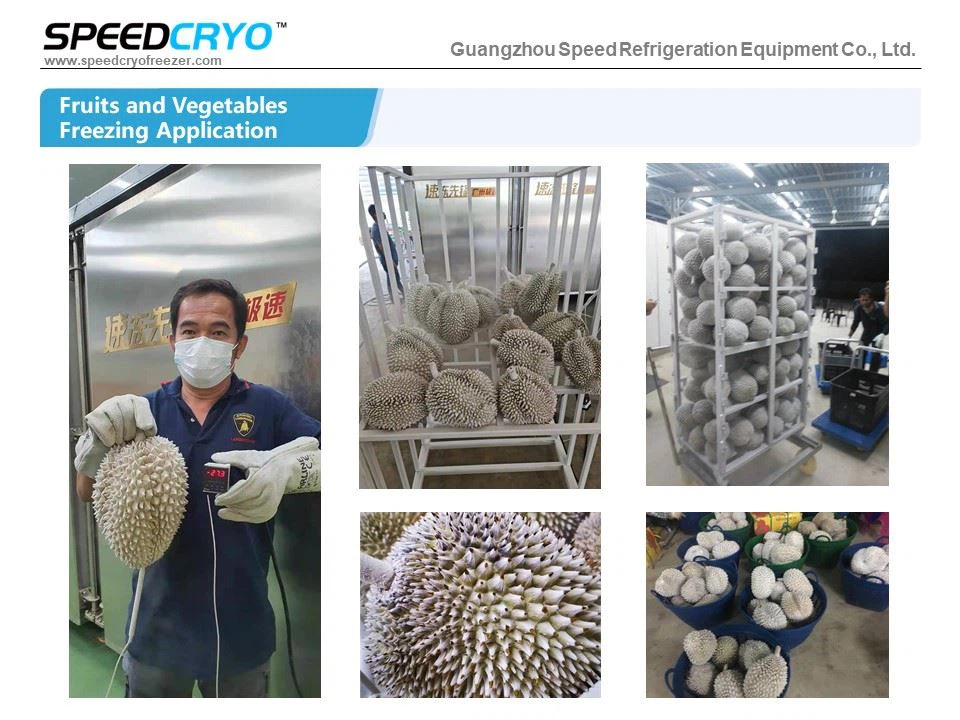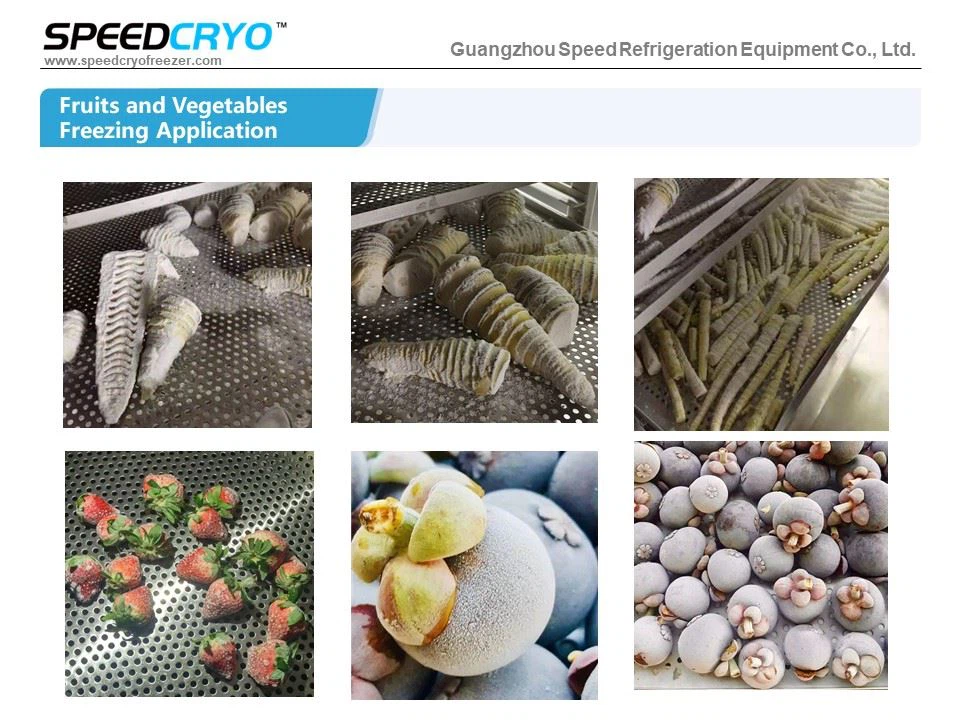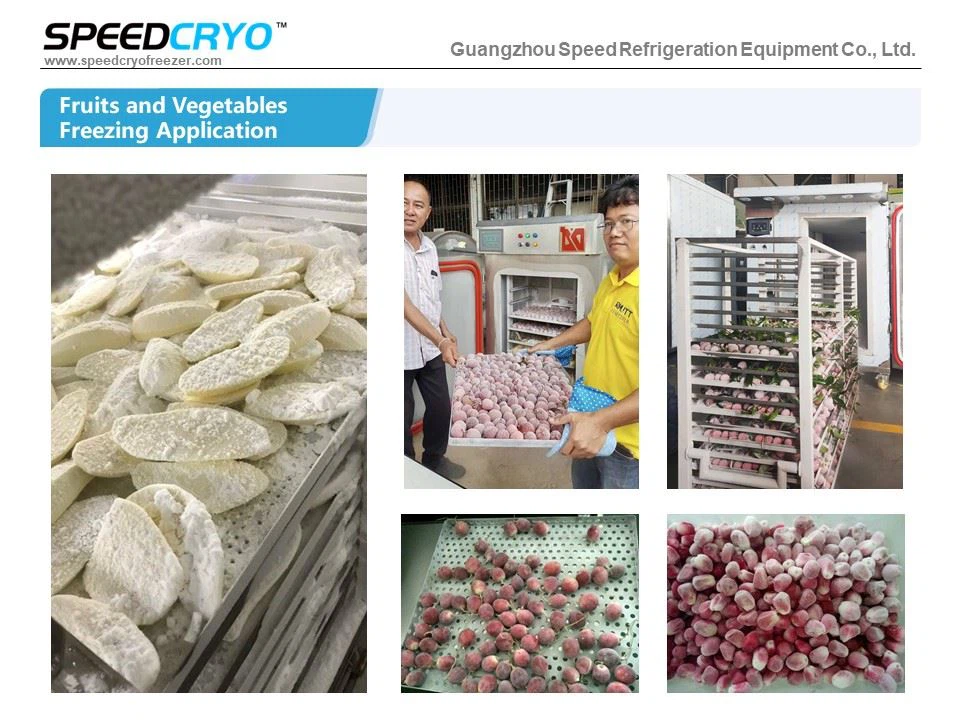In the past, due to the relatively backward quick-freezing technology, fresh fruits and vegetables were not processed correctly and could not be preserved completely. Most fruits and vegetables can be only processed into juice, jam, and processed preserved fruit to increase shelf time and facilitate transportation.
The processed and frozen fruits and vegetables leave consumers with the impression that they are not fresh, have no moisture, and add preservatives. Breakthroughs have been made in the field of quick-frozen fruits and vegetables-liquid nitrogen quick-freezing technology, which increases the supply of fresh fruits and vegetables in the market, reduces the loss caused by transportation, improves the quality of fresh fruits and vegetables, and extend the shelf life reaches 6-12 month.
The process of quick-frozen fruits and vegetables:
Material Selection- Pre-cooling – Washing - Cutting – Blanching – Cooling - Quick Freezing - Cold Storage - Cold Chain Transportation
Many people have misunderstandings about quick-frozen fruits and vegetables and believe that there is a large loss of nutrients in quick-frozen vegetables. In fact, quick-frozen fruits and vegetable processing in suitable ways are as nutritious as fresh vegetables and even have higher nutritional value. This is because the raw material requirements of quick-frozen vegetables and fruits are relatively high. They must be of high quality, appropriate maturity, uniform size, no pests, no pollution, and no immersion, no bundling, no overlapping pressure, and timely transportation after harvest. After receiving the quick-frozen, it can be processed and frozen within 4~10 hours depending on the variety, to ensure the freshness of the raw materials. After fruits and vegetables have been controlled in a low-temperature environment below -18°C, various internal biochemical reactions are also inhibited, and the nutrients in the vegetables will not be lost during quick-frozen transportation.
The difference between quick-frozen fruits and vegetables and slow-frozen fruits and vegetables:
Liquid nitrogen quick-freezing technology when quick-freezing fruits and vegetables, due to the short dehydration time of foods, the water can quickly pass through the maximum crystallization area from 0°C to -5°C and small ice crystals are formed in the cell and the cell gap, at the same time, which will not damage the cell structure. After thawing, the foods have good reducibility and basically maintain the original color, aroma, taste, shape, and nutrition. After quick-frozen, the juice insides the foods preserve a lot of water (generally 65% to 97%) but also preserve soluble nutrients such as inorganic salts, organic acids, sugar, bone glue, and so on.
When the traditional quick-freezer freezes foods slowly, the cell fluid is dehydrated, and the water forms larger ice crystals, which seriously damages the cell wall. After thawing, the juice and nutrients are lost in a large amount, the meat becomes spongy, the brittleness is weakened, and the yield and quality are affected, which cause great loss.
Our company had specially developed a double-door liquid nitrogen quick-freezer and a four-door liquid nitrogen quick-freezer. In addition to the advantages of fast freezing, high productivity, and no damage to the cell structure, it also adds a patented energy-saving pre-cooling technology, which means that users only need to purchase a two-door or four-door cabinet-type quick-freezing equipment can complete two of the processing steps (pre-cooling and freezing) and save more than 30% of liquid nitrogen.





